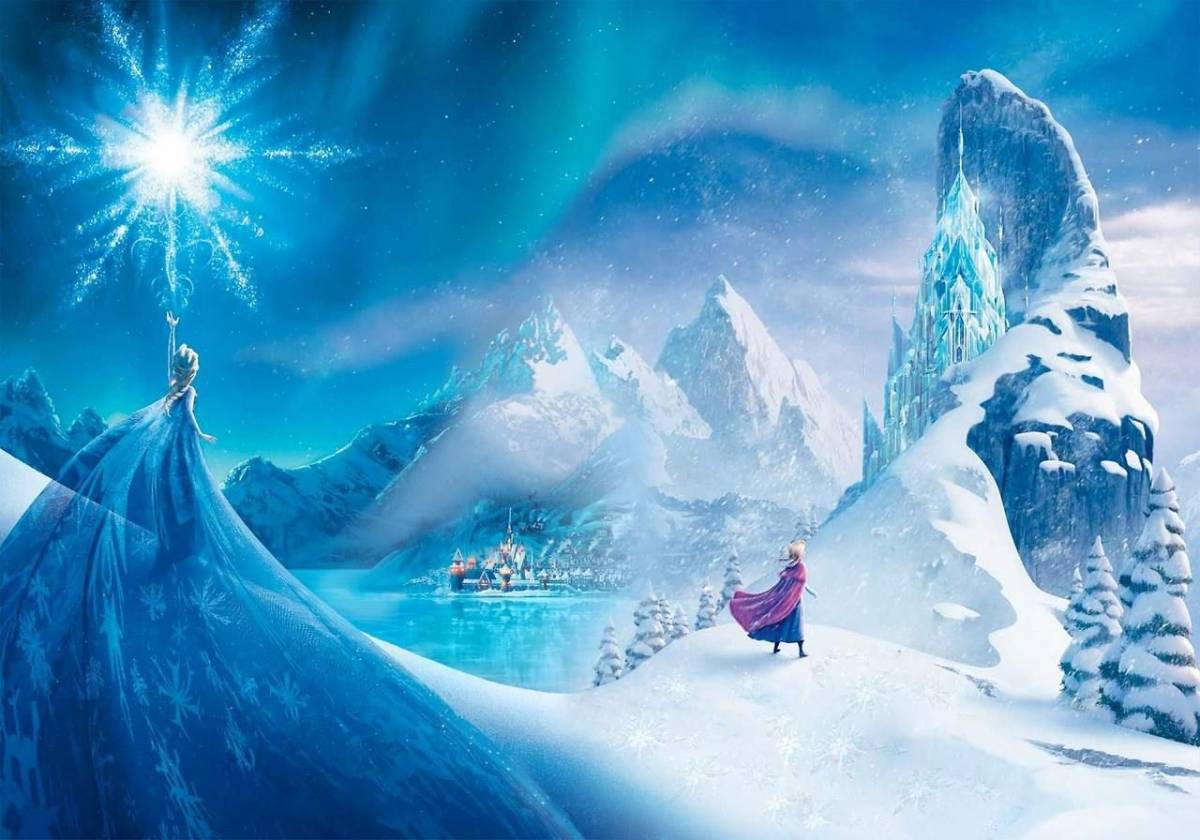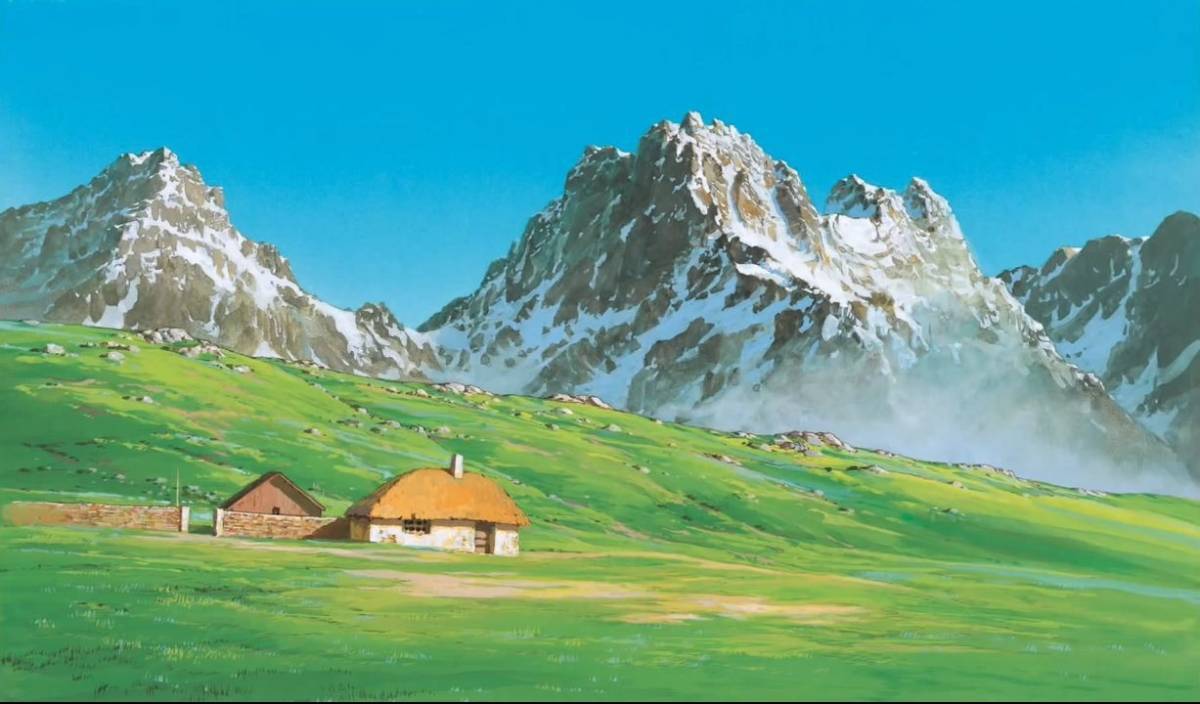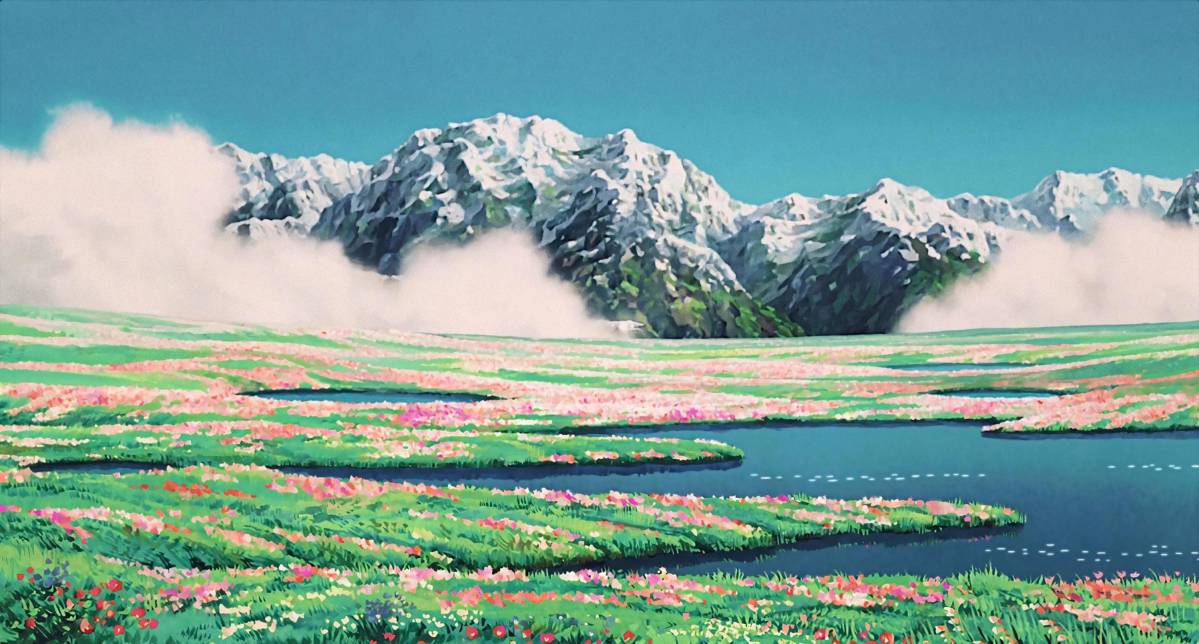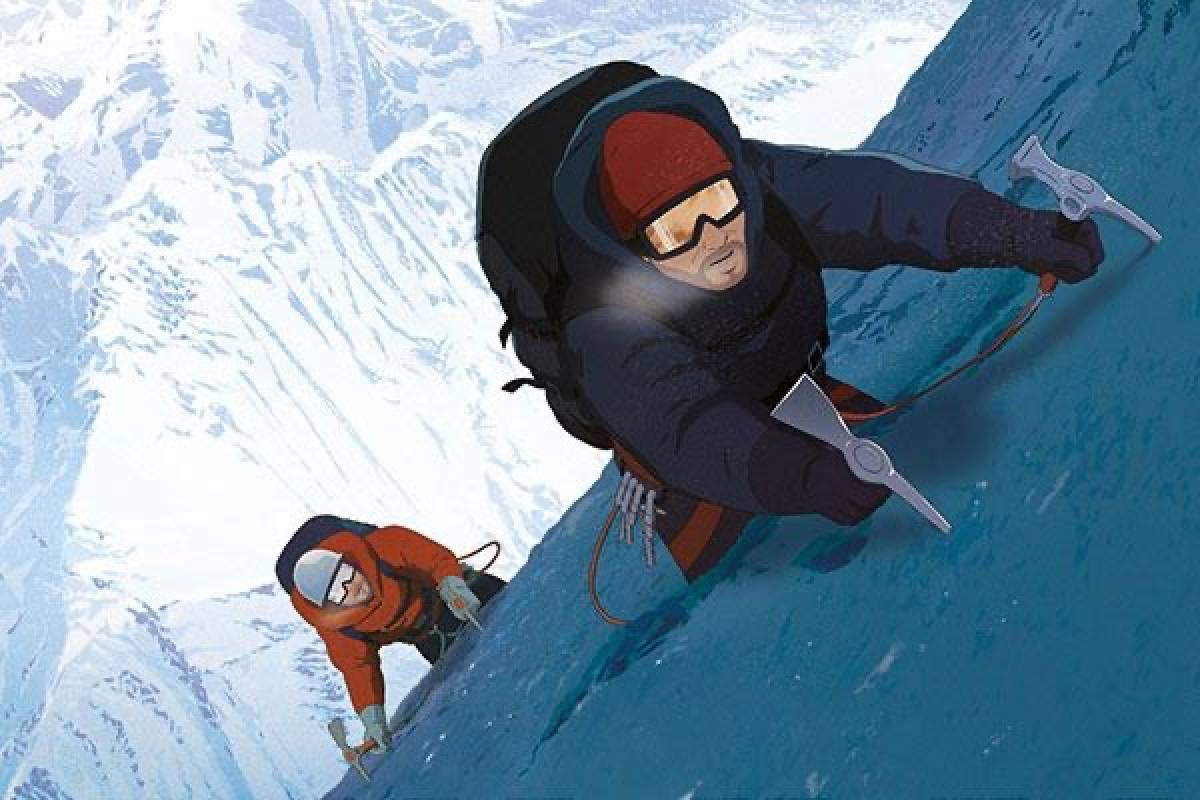As the Annecy International Animated Film Festival gets underway, it's worth taking a look at a visual element that features prominently in many animated films: mountains. These majestic natural landscapes have always held a fascination for filmmakers, and they are often used significantly to create captivating imaginary worlds. In this article, we explore the place of mountains in animated films, highlighting their narrative role and visual impact.

Mountains as symbols of grandeur and beauty:
Mountains, with their snow-capped peaks, craggy cliffs and lush green valleys, represent the grandeur and beauty of nature. They inspire wonder and offer spectacular panoramas.
In the animated film "Vaiana" (2016), produced by Disney Studios, the mountains evoke the vast expanses of the ocean and add a dimension of grandeur to the heroine's adventure. Similarly, in "The Lion King" (1994), mountains are used to represent the majesty of African lands and underline the grandeur of the animal kingdom.

Mountains as challenges
Because of their imposing nature, mountains become physical and emotional challenges for the characters in animated films. In "Dragons" (2010), the mountains serve as hunting grounds for the fearsome dragons, and the main characters have to overcome steep cliffs and dangerous mountain passes to prove their courage and determination.
Similarly, in the Japanese animated film "The Tale of Princess Kaguya" (2013), directed by Isao Takahata, the mountain represents the isolation and obstacles that Princess Kaguya must overcome to fulfil her destiny.

Mountains as sources of danger and tension:
Mountains can also represent elements of danger and tension in animated films. Vertiginous precipices, avalanches and narrow passages add a dose of suspense and thrills. In the animated film The Snow Queen (2013), the snow-capped mountains symbolise both the icy beauty and the perilous challenges the characters must face to save the kingdom.
Similarly, in Pixar Studios' "Toy Story 2" (1999), the mountains become dangerous obstacles when a group of toys undertake a perilous climb to rescue their kidnapped friend.

Mountains as symbols of conquest and mystery:
In the animated film "Summit of the Gods" (2021), directed by Patrick Imbert and adapted from the manga by Jiro Taniguchi, mountains play a central role in the story. The story follows mountaineering photographer Fukamachi, who embarks on a quest to uncover the truth behind an old photograph showing a climber on the summit of Mount Everest. The mountains, Everest in particular, become the ultimate symbol of human conquest and the mystery surrounding this feat. The film explores Fukamachi's passion for mountaineering and the challenges he faces as he attempts to push back the limits of humanity and reach the highest peaks.
In the world of animated films, mountains play a key role as emblematic backdrops. Their grandeur, beauty, challenges and extraordinary encounters make them essential to the construction of animated stories. Whether as symbols of grandeur, as challenges to be met, as places of magical encounters or as sources of danger and tension, mountains offer spectacular landscapes and contribute to the development of the characters. Thanks to their imposing presence, they transport viewers into animated worlds where the craggy peaks are silent witnesses to the extraordinary adventures that unfold.
Autres actualités
- Relax Mode
- Outdoor

MAPIK: The new free mapping application for your outdoor activities
Eager to democratize outdoor sports and make them accessible to all, APIK launches its mapping application to accompany all outdoor sports enthusiasts. The goal? To find your way easily thanks to a simple topographic map available offline to move safely!
- Relax Mode
- Outdoor

The most beautiful family walks in France
On a family holiday, there's nothing like exploring France's magnificent hiking trails. Breathtaking scenery and unforgettable memories...
![ESI [Été]](/build/assets/images/logo_esi-summer.cbe060df..png)